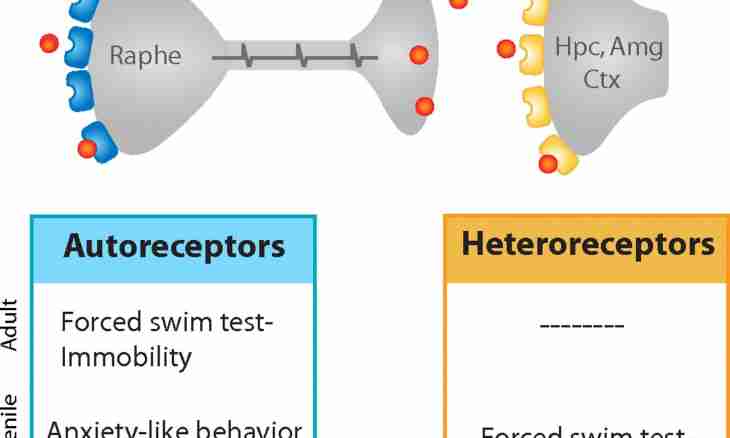One of the main operating conditions of a brain – receipt of information to it from the outside world. For performance of this function there are special systems which are called sense organs.
In terms of psychology to call eyes, ears or a nose "sense organs" not quite correctly. Feelings is the concept relating to the emotional sphere, and the mental process provided with these bodies is called feeling. The scientific name of sense organs – analyzers, they allow a brain to analyze surrounding reality and the internal environment of an organism.
Structure of the analyzer
Any analyzer consists of three departments.
The first department – the peripheral, perceiving irritant and transforming it to excitement. Peripheral departments of analyzers in life call "sense organs". Direct transformation of external irritations in excitement happens in special cages – receptors which are a body of peripheral department.
The second department – the nervous fibers transferring excitement from peripheral department to the central nervous system. Such fibers are called afferent, centripetal or sensitive. From receptor department of afferent fibers the excitement is transferred to the corresponding zone of a cerebral cortex – cortical department of the analyzer where there is a feeling. Quite often speak about "five feelings" (i.e. feelings), peculiar to the person. In fact the person has more feelings. Along with sight, hearing, sense of smell, touch and feeling of taste the feeling of balance and propriotseptivny feelings signaling about relaxation and reduction of muscles and also pain concern those. The first five analyzers appeared "on special situation" because the feelings delivered by them more are realized. Pain holds a specific place since there is no separate body where such receptors would be localized. The role of analyzers in life of any given being is not identical. For example, the person easily transfers loss of sense of smell (it happened to everyone during cold), loss of sight can reconcile with disappearance of flavoring feelings, and here, hearing or feeling of balance turns the person into the heavy disabled person. For a dog, on the contrary, loss of sense of smell is much heavier than loss of sight.
Receptors
The building and functioning of afferent fibers and cortical department at all analyzers is similar, the specifics consist in the structure of peripheral department and type of receptors. Receptors subdivide on arrangement into the eksteroretseptor located on the surface of a body, and interoretseptor which are in an organism. But the main principle of classification of receptors are those influences which they are capable to transform to excitement. Hemoretseptora react to composition of chemicals, flavoring and olfactory receptors are that, for example. Mechanoreceptors react to pressure, touch, fluctuation of the air or liquid environment and other mechanical influences, they "are responsible" for hearing, propriotseptivny feelings, deliver information on increase and lowering of blood pressure and other changes of the internal environment of an organism. Photoreceptors react to light, they are located on an eye retina. Thermoreceptors signal about temperature change of the environment. A specific place is held by notsitseptor – the receptors responsible for pain. As a matter of fact, it is the same hemoretseptor, mechanoreceptors and thermoreceptors, but they work only at very big intensity of an irritant. The sensation of pain is caused by both excessively hot water (thermoreceptors), and too large number of hot spices in food (hemoretseptor), and too loud sound (mechanoreceptors). But nevertheless these cages have a feature distinguishing them from other receptors – a polymodality. It means that the same receptors are excited from the different influences menacing to an organism.
